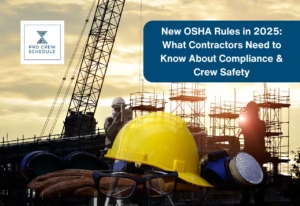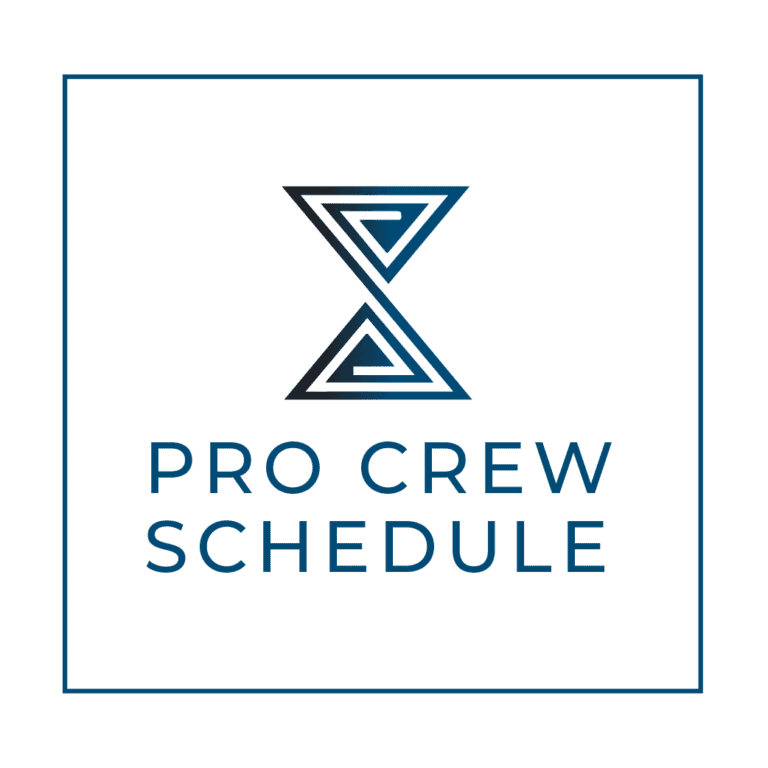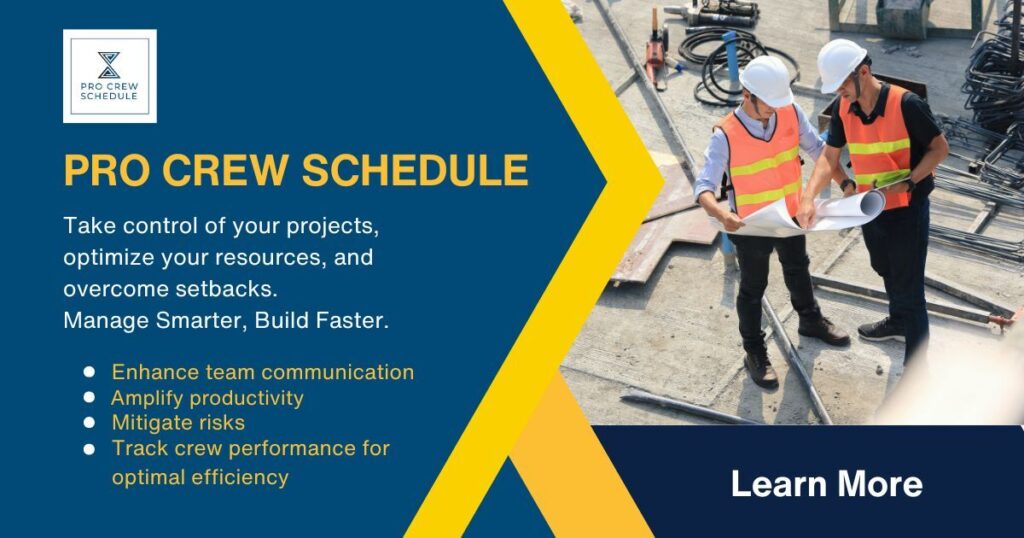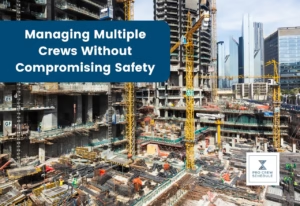In the construction world, safety isn’t optional—it’s survival. And nobody knows this better than OSHA. For over 50 years, the Occupational Safety and Health Administration has set the standards that keep America’s job sites from becoming danger zones. Their job? Making sure employers create and maintain safe working environments. Your job? Keeping up with what they change, when they change it. And right now? There’s a whole new rulebook for 2025.
June and July 2025 brought some of the most significant updates to OSHA guidelines we’ve seen in years. These aren’t minor edits. We’re talking bigger responsibilities for supervisors, stricter recordkeeping rules, and new standards for crew training and certifications. Ignoring these updates? Could cost you big. Not just in fines, but in delays, crew injuries, and project chaos.
So what’s in this article? We’re breaking it all down. From why OSHA’s rules are changing, to exactly what those changes are, how they affect your job sites day to day, and—most importantly—how you can stay ahead of compliance without drowning in paperwork. Let’s get into it.
Why the New OSHA Rules Matter in 2025
First off, these changes didn’t come out from nowhere. They’re a response to some real-world problems piling up across construction sites nationwide. Jobsite injuries are back on the rise—especially fall-related incidents and struck-by object cases. And training? It’s been all over the place. Some crews get the right prep. Others? Not even close.
That inconsistency caught OSHA’s attention. So did gaps in recordkeeping. Turns out, too many contractors have been skimping on documentation or relying on outdated processes that don’t cut it anymore. That’s risky business.
And let’s not ignore the increase in federal inspections. We’ve seen it firsthand. More surprise visits, more site audits, and bigger penalties for violations. OSHA isn’t just enforcing rules anymore. They’re holding people accountable. Especially supervisors and foremen.
These 2025 changes signal a shift. OSHA wants jobsite safety to be proactive, not reactive. They want leadership taking charge, systems in place for training and documentation, and zero room for error. If you’re not ready? You’re falling behind.
Key OSHA Rule Changes Every Contractor Should Know
Expanded Recordkeeping Requirements
Digital is no longer optional. As of July 2025, OSHA mandates all construction companies with more than 10 employees to maintain digital safety records. That includes injury logs, safety inspections, toolbox talks, and more. No more scribbles on a clipboard. It has to be trackable, searchable, and sharable.
Industries previously exempt from detailed reporting? They’re now included. Electrical, landscaping, concrete, even some residential sectors. And yes, this hits small to mid-sized contractors hard. Why? Because they’re often the ones without systems in place.
Here’s what you need to track:
- Daily safety checks
- Crew certifications and renewal dates
- Incident reports with timestamps
- PPE inventory and distribution logs
- Weekly training sessions and attendance
Crew Certification & Training Updates
OSHA’s no longer accepting “assumed competence.” If your guy is operating machinery or working at height, they better have a valid certification to prove they’re trained. The kicker? Supervisors are now on the hook if someone’s certification expires.
New training standards hit:
- Fall protection systems
- PPE handling
- Powered industrial truck operation
- Ladder and scaffold usage
And the training frequency? It’s changed. Annual refreshers now required for most high-risk tasks, with digital proof of completion.
Safety Management Accountability
Here’s where it gets real. Project supervisors are now directly accountable for jobsite compliance. That means if an inspector rolls up and finds an untrained crew member or a missing safety log, it’s not just the company—the supervisor faces personal penalties.
Inspection frequencies have increased too. Instead of quarterly or semi-annual checks, some contractors are seeing monthly site visits depending on location, project type, and past violations.
And yes, fines have gone up. We’re talking $15,000+ per serious violation, with escalated penalties for repeat offenses.
How These Changes Affect Your Projects & Daily Operations
It’s not just about rules. These changes? They affect how you run your whole job site.
- Scheduling has to shift. You can’t bring someone on-site unless they’re trained. So now you’ve got to pad schedules to allow for training days, certification testing, even waiting on approvals.
- Docs, docs, docs. Project managers are buried in them. Every inspection, every training, every safety talk—it’s all got to be logged and ready to show at a moment’s notice.
- One missed task? One expired cert? You risk the whole site getting shut down or fined. That adds pressure. Communication gaps between the office and field crews? They just became a compliance nightmare.
- And morale? When you’re scrambling to chase paperwork instead of building, it hurts the team. You can’t afford that. Projects are tight. Margins are tighter.
Best Practices to Stay Compliant Without the Headaches
The good news? You can stay on top of this. But you’ve gotta be strategic.
- Run Regular Internal Audits
Don’t wait for OSHA to catch mistakes. Do weekly internal safety audits. Walk the site. Talk to the crew. Check training logs. Fix problems before they become violations. - Standardize Safety Workflows
Have clear, repeatable processes for toolbox talks, inspections, and cert tracking. Use checklists. Make sure everyone knows what’s expected. - Build a Certification Tracking System
Whether it’s in a spreadsheet or (better yet) a digital dashboard, keep tabs on who’s certified, what expires when, and where the documentation lives. - Train Your Crew Leaders
They’re your first line of defense. If they know the rules, they can enforce them. If they don’t? You’re flying blind.
How Pro Crew Schedule Helps You Stay OSHA Compliant
Now let’s talk tools. You don’t have to manage all this manually. We built Pro Crew Schedule for contractors like you—folks who know the jobsite, not just the office.
Here’s how we help:
- Track Crew Certifications Automatically
Upload certs once, we track the expiration. We’ll even remind you when something’s about to lapse. - Assign and Log Safety Tasks with a Few Clicks
Assign toolbox talks, safety walk-throughs, or training refreshers to the right crew. Mark it complete. Done. - Log Inspections in Real Time
Use your phone or tablet to fill out safety checklists right there on-site. Timestamped, geo-tagged, shareable. - Keep It All in One Place
Our dashboard shows safety managers everything at a glance—what’s due, what’s done, what needs attention.
Get Ahead Before OSHA Comes Knocking
Compliance isn’t about jumping through hoops. It’s about protecting your crew and keeping projects on track. The New OSHA Rules in 2025 aren’t just red tape—they’re a wake-up call.
You can’t afford to wait until an inspector shows up to get your act together. Get proactive. Audit your systems. Talk to your crew. And for the love of all things rebar, stop trying to manage safety logs on paper.
With tools like Pro Crew Schedule, staying compliant doesn’t have to be a full-time job. You do the building. We’ll handle the tracking, the tasks, the logs, and the reminders.
Want to stay compliant, safe, and stress-free?
Start using Pro Crew Schedule today. We make OSHA compliance manageable, so you can keep building.
No more missed deadlines. No more expired certs. No more surprises.
Schedule a free demo today and let’s get compliant the smart way.







